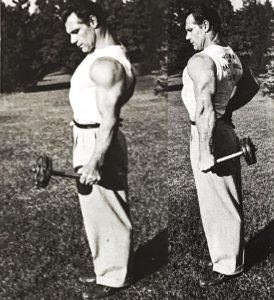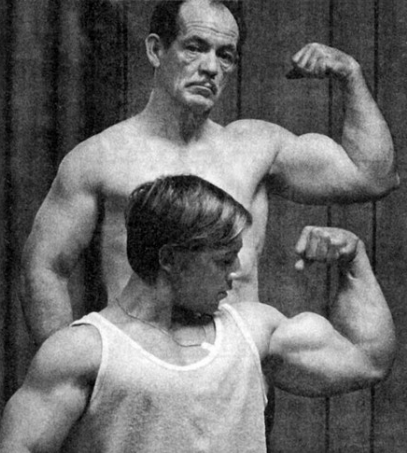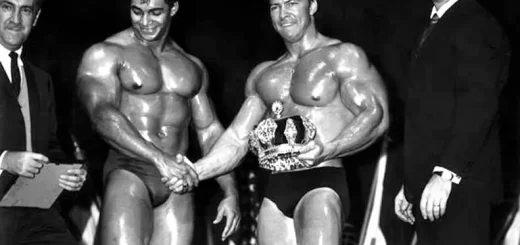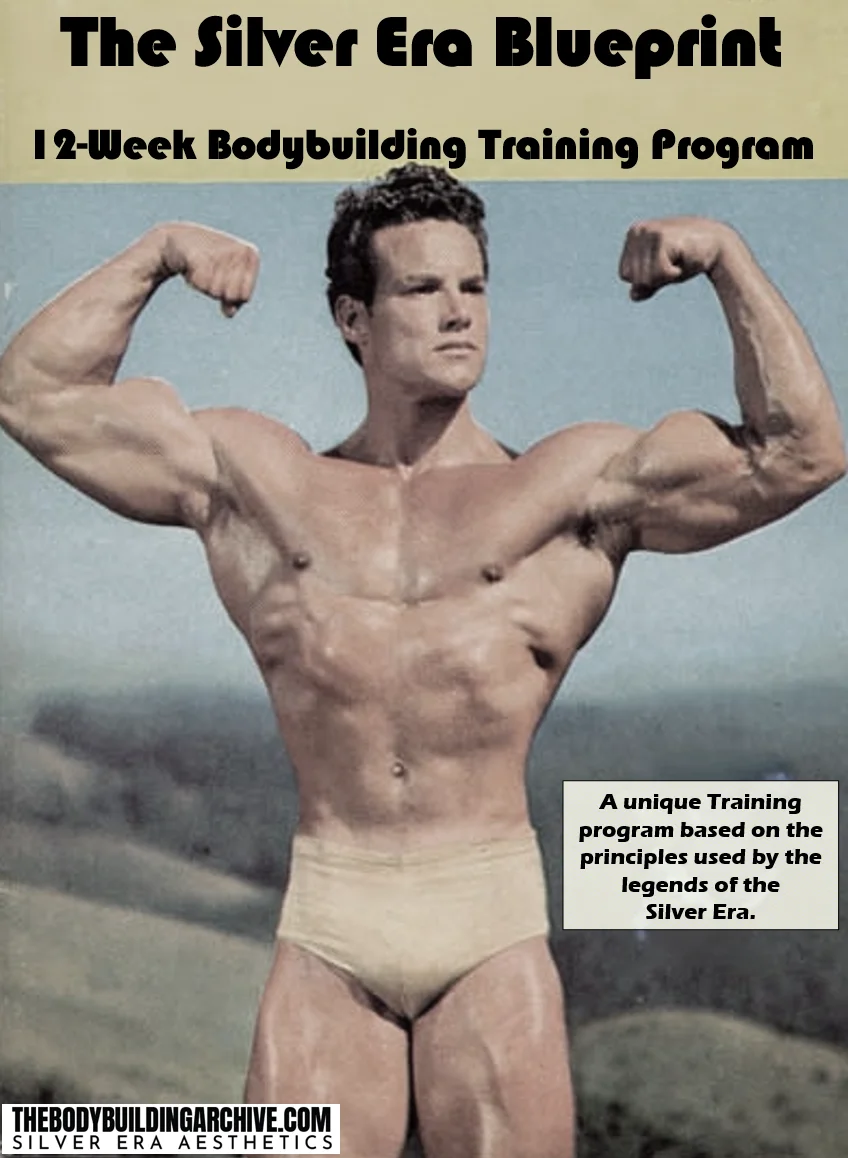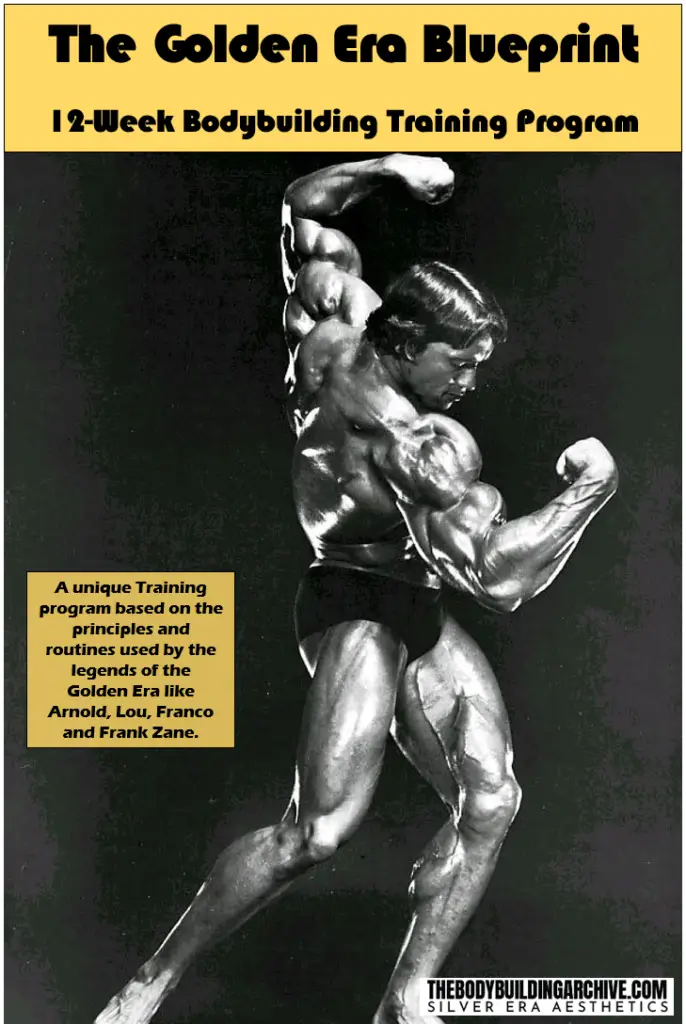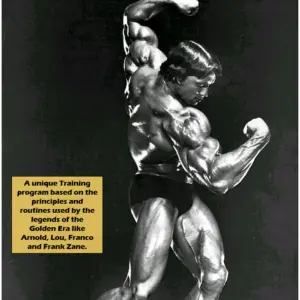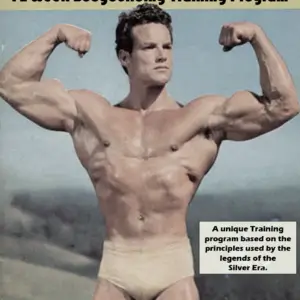Concept Of Testosterone Boosting In Old-School Bodybuilding
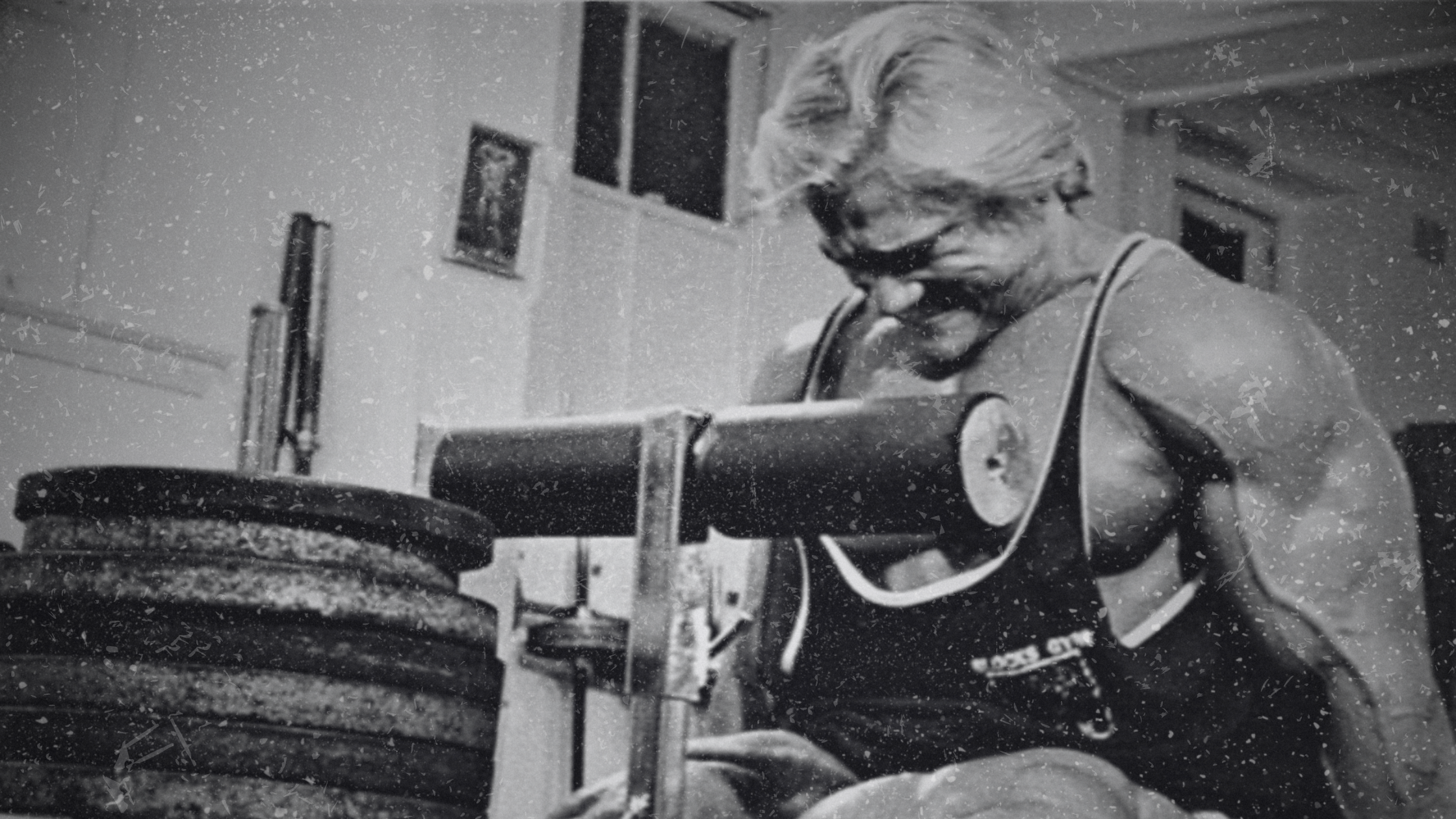
The introduction and subsequent high doses of growth hormones have altered the bodybuilding landscape drastically, particularly over the last few decades. Today, bodybuilders’ physiques appear bulkier and more beefed-up than those in the 70s’. However, the concept of testosterone boosting and using performance-enhancement drugs dates back to the Roman Empire, when people used to eat mammalian testicles to improve physical strength.
A more contemporary alternative to the above approach was discovered in 1889 when Dr. Charles Brown-Sequard invented the “Elixir of Life,” an injectable solution that eventually became a prescription drug for performance boosting at the end of the same year. Then, fast-forward to 1935, scientists were able to discover a hormone with remarkable energy-boosting, performance-enhancing, and anti-aging benefits: testosterone. In the same year, researchers Leopold Ruzicka and Adolf Butenandt discovered a way to synthesize testosterone for its commercial use.
Since then, testosterone boosting has become one of the most popular yet controversial topics in the fitness industry. More specially, it is one of the key ingredients included in the supplements bodybuilders and other athletes commonly use to increase strength and boost performance.
The Classic Anabolic Stack
Bodybuilders of the Golden Era made significant efforts to bring mainstream attention to body aesthetics. Deservedly, they were proud of what they accomplished. That’s why they used to consider the topic of drug abuse for performance enhancement extremely sensitive. That being said, they didn’t outright deny their use of performance-boosting drugs. But, they rather wanted future generations to acknowledge their achievements.
Many bodybuilders of the Golden Age used anabolic-androgenic steroids (AAS), sometimes along with other drugs that helped them achieve superhuman strength. Although it was not a controlled substance at that time, teenagers usually avoided it outside of collegiate sports programs. This provided bodybuilders with a fair chance, as they could use AAS to their advantage while keeping their dosages under control.
Even with its widespread use, AAS was not considered an entirely safe option for performance enhancement. Yet, weightlifters of the 70s showed significant restraint by using shorter AAS cycles to prevent its harmful effects. The reason is they learned well from the early misuse, which caused liver problems and gynecomastia (breast enlargement) in bodybuilders.
Having said all that, since there wasn’t much debate over its potential fallouts, not many moral arguments were present to encourage a more conservative use of anabolic steroids.
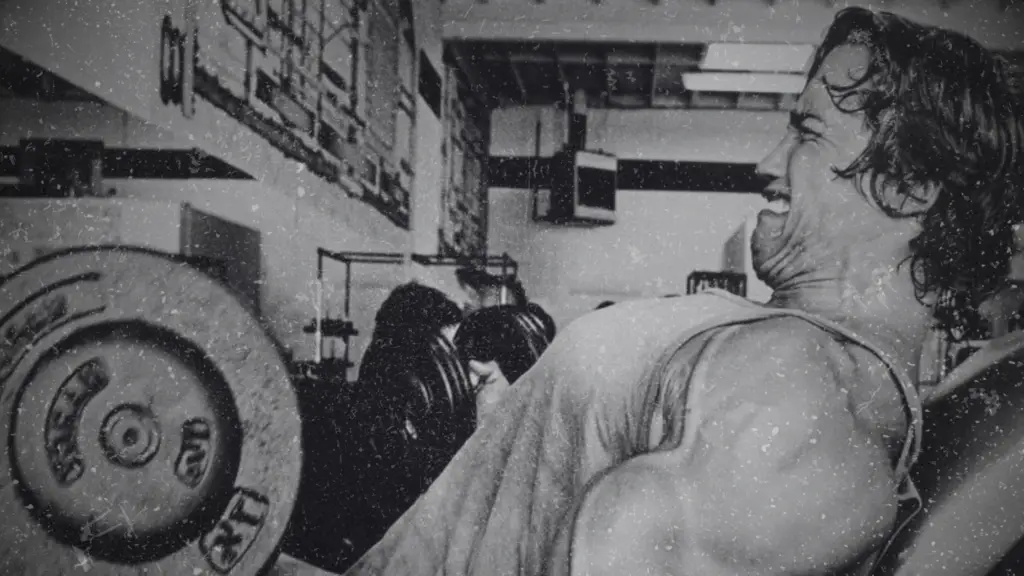
Arnold’s Approach to Testosterone Boosting
Arnold Schwarzenegger is undoubtedly the bodybuilding GOAT and an inspiration for new and seasoned musclemen. His fitness regimen is marked by the insane amount of training he used to perform daily. To keep himself well-prepared, he used to have a serious and inclusive diet plan, which included a lot of protein along with fat, micronutrients, vegetables, and grains.
However, the darker side of his fitness regimen was his reliance on performance-enhancement drugs. During an interview, Arnold revealed he used to take steroids and Dbol in his peak days.
Back in the day, when steroids were not a banned substance, Arnold used to take them under the doctor’s supervision. Despite the fact that steroid use was normal among bodybuilders before 1990 and that Arnold used it with extreme care so that its impact on his health remained minimal, he implores modern-day bodybuilders and coaches to stay away from it.
Even with the steroid part skipped in Arnold’s bodybuilding strategy, his comprehensive diet plan is nothing less than a testosterone boosting regimen. He used to literally study nutrition to find the best possible dietary combination for his body. Besides eating a lot of protein, he would add a significant amount of mono and saturated fat to his daily diet. He also paid particular attention to his post-workout meals and portion sizes.
Evolution of Bodybuilders
Back in the day, bodybuilders didn’t have much information regarding how to boost testosterone levels naturally. Therefore, they would primarily turn to AAS, which has certain pitfalls that could prove harmful to health in the long run. Sadly, the AAS use has only increased over the years. Today, bodybuilders who rely on anabolic steroids take them in higher amounts than golden-age bodybuilders. This explains why many of them appear freakish with asymmetrical, peculiarly beefed-up physiques.
That being said, several non-steroidal products are available nowadays that promote testosterone boosting. These products or supplements work more innocuously to invoke a similar effect to that of AAS without causing the typical ‘steroidal’ side effects. Moreover, extensive research into fitness nutrition has allowed experts to discover nutrients that boost T levels naturally through multiple pathways.
Bodybuilders of today have better access to information, and there are more diverse options they can choose from to raise their testosterone levels. But factors like the social media impact and peer pressure persuade many of them to go down the steroidal route, which undoubtedly increases gains in a shorter period but at the cost of health and fitness in the long term.
Related: Mike Mentzer’s Lasting Impact on Bodybuilding
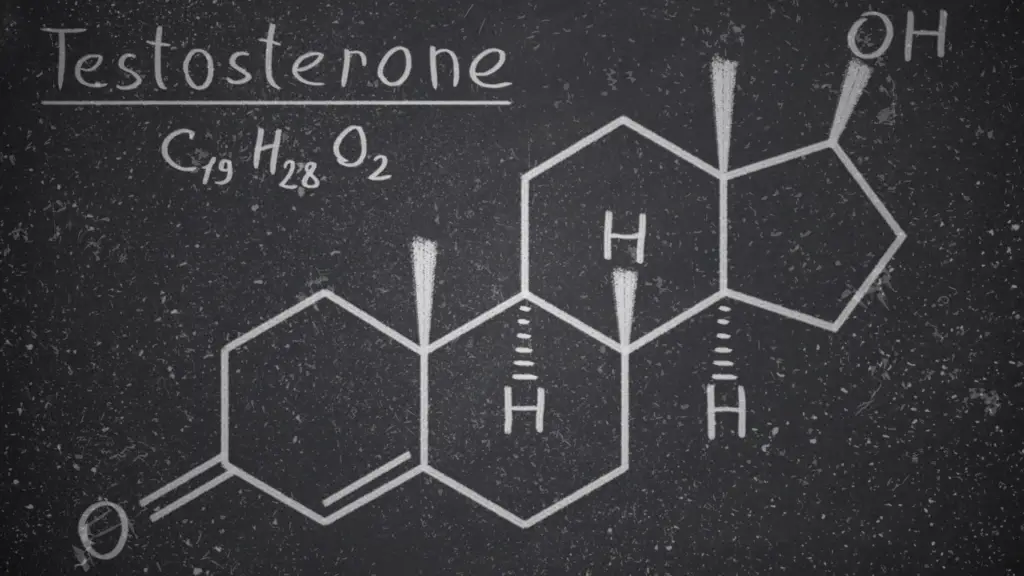
Boosting Testosterone Naturally
If you want to boost testosterone levels to bulk up and achieve an aesthetic physique, know that you can do it without using AAS. Your body produces testosterone naturally, and there are organic ways you can stimulate this production or make it more effective. Here is the list of the most effective ways to raise your T Levels and increase your bodybuilding gains without putting your health at stake:
Engage in compound exercises: Workouts like bench presses, pull-ups, deadlifts, squats, and those involving multi-joint movements challenge your body, sending signals for increased testosterone production.
Do not rely overly on cardio: While cardio exercises undoubtedly help burn extra fat and calories, performing them for extended periods can cause exhaustion, making you feel too tired for weight training—the natural T booster. As a rule of thumb, you should engage in weight training at least four times a week to maintain high testosterone levels.
Increase your protein intake: A diet high in protein not only helps your muscles to recover and grow but may also boost testosterone production. Ideally, you should consume one gram of protein per pound of your body every day.
Choose high-quality dietary fats: Dietary fats provide building blocks of helpful hormones, including testosterone. Therefore, it would be helpful to add foods with omega-3 fatty acids and monounsaturated fats, such as avocadoes, fatty fish, and olive oil.
Reduce carb intake: Eating more refined carbs can boost insulin production, promote fat storage, and affect overall health in different ways. All these negative effects can reduce testosterone production. Therefore, it is imperative to replace carb-rich foods with high-fiber alternatives.
Get enough zinc: Zinc is an essential nutrient that has been shown to support the production of testosterone and other growth hormones. Since natural food resources do not contain it in higher amounts, you will likely need to get it through supplementation.
Final Thoughts
While there is no denying the fact that testosterone boosting is an essential need of bodybuilders, doing it the right way is equally important. Anabolic-androgenic steroids may raise T levels quickly and drastically, but their side effects can do more harm than good, especially when they are consumed in higher dosages. Therefore, bodybuilders must choose ways that engage natural pathways to boost testosterone levels.
